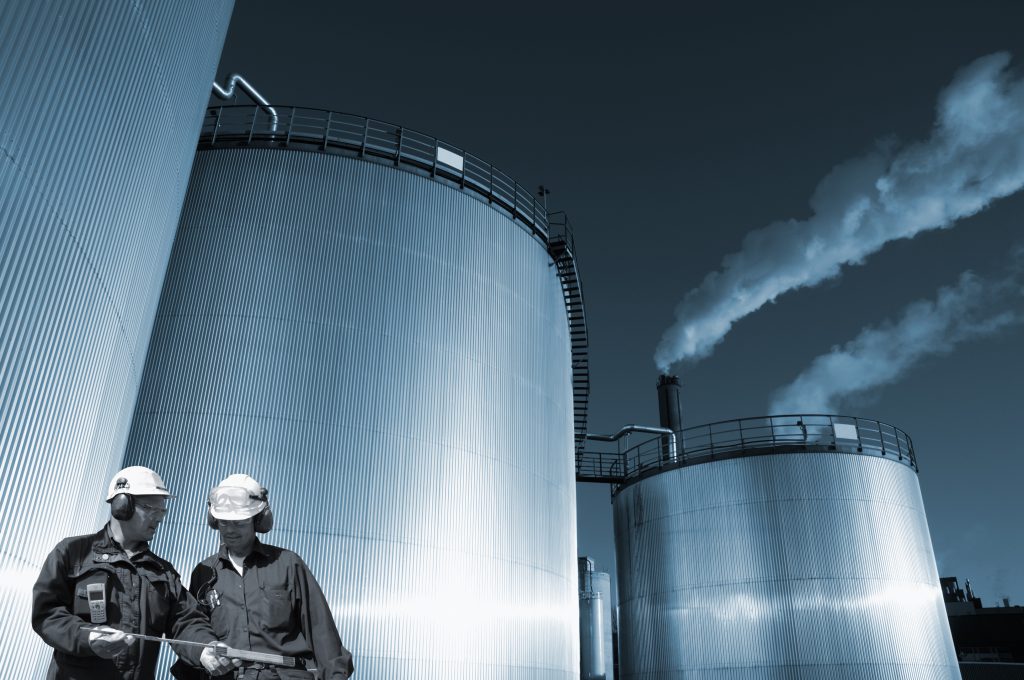 Aboveground storage tanks (ASTs) play many different roles in today’s society, with their functions covering the residential, commercial, and industrial sectors. Without these containers, such as those used in the oil industry, it would nearly be impossible to safely and conveniently store liquid and gas products.
Aboveground storage tanks (ASTs) play many different roles in today’s society, with their functions covering the residential, commercial, and industrial sectors. Without these containers, such as those used in the oil industry, it would nearly be impossible to safely and conveniently store liquid and gas products.
Before you can use an AST though, it needs to pass the appropriate standard first. And while no federal law (only a few state laws) mandates the strict implementation of such rules, it does not mean that industries should no longer put safety aside. This is where the API 650 tank standard comes into play.
Welded tanks for safe oil and gas storage
Oil storage welded tanks, at least those that come from highly reputable manufacturing companies, follow the API 650 standard. The American Petroleum Institute developed this as a way for the AST industry to have a guideline on the safe and quality overall construction and maintenance of these massive containers.
It covers everything from the designing to fabrication, welding to inspection, and even erection of tanks that have to meet storage requirements involving the need for internal pressures of 2.5 PSI (or less).
In addition to crude oil and gasoline, these API 650 Standard-compliant storage containers can also safely hold gasoline, produced water, and chemicals. You will mostly find these ASTs in pipeline facilities and refineries among several other industries.
Safe containment: The primary purpose of the Standard
Again, there is no federal law requiring the implementation of the API 650 Standard. State laws may do, but because not all states do, it can be quite confusing for organizations to determine whether they should implement it or not.
Whichever industry your business belongs in, as long as your needs for ASTs fall under the scope of the Standard, then you should not think twice about following it. Its primary purpose is to keep not just your facilities safe, but also to protect people and the environment from possible catastrophes.

